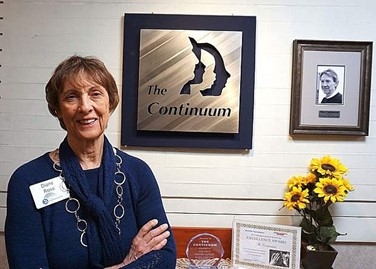The purpose of home modifications is to ensure the safety, security, and independence of the person(s) in their own household.
As a caregiver, you will want to make sure the person you are caring for is safe and their household is conducive to their way of living. If the person’s home is tailored to suit their needs, it will also be easier for you as their caregiver to care for them.
Home modifications may not be instinctive to new family caregivers. If you are a new family caregiver, you might not know what would impose as a safety hazard. This article is here to help you learn the basics of home modifications and how you can keep the person you are caring for, safe.
First, you must identify the disability of the person you are caring for. The person you are caring for and their condition could vary between a mild one, like a broken leg, or a chronic disease that will gradually get worse. Whatever the case may be, it is essential to have a plan in place.
Being proactive regarding the safety of the person you are caring for is essential. As a caregiver, you should be mindful of potential hazards in the home. In order for you to be proactive, you must understand the basics or what to look out for in a home.
Home safety basics:
- Electric cords: Are they out in the open where someone with a walker can trip over?
- Lighting: is the lighting conducive for the person living in the home? Too much lighting can be uncomfortable for the person with eyesight issues. If the light is too dim, it can also be a hazard.
- Towel racks: Does the person you take care of hold on to towel racks after they bathe/shower? Towel racks are not strong enough and cannot be a substitute for a safety bar.
- Comfortable sofa: This might be an unlikely one, but a comfortable sofa can pose as a potential hazard for individuals who are immobile. They can sink into the sofa and have a tough time getting up on their own.
If the person you are caring for needs equipment like a safety bar for when they get out of the shower, your home needs a modification.
Diane Ross, the CEO and president of The Continuum, talks about one of the programs they offer, the MOD Squad, The Continuum’s Home Safety Risk Team that provides modification services.
The MOD Squad specializes in home accommodation and modification services.
First, a physical or occupational therapist goes into the home to assess the needs of the care partners and offers recommendations. An installation person will then come to the home to make the recommended modifications and installations.
Over the last 20 years, the MOD Squad has gone into more than a thousand homes in the community to make their homes a safer place to reside. These changes not only help the care recipient, but they also decrease the burden of care for the caregiver.
“Be proactive, don’t wait until someone takes a fall. Avoiding injury is our goal here at The Continuum. It is so important to plan ahead and perform a home safety check at least once a year. In these situations, it is also helpful to work together with your care partner so that you have a better understanding of their needs. Work as a team. Afterall, it is really important for everyone to have a safe home.”
Diane Ross
For more information on home modifications and safety equipment check list go to
www.aarp.org/homesafety
You can read more on home safety in the Nevada Caregivers Guidebook.
For more information, please call the Community Foundation at 775-333-5499.
